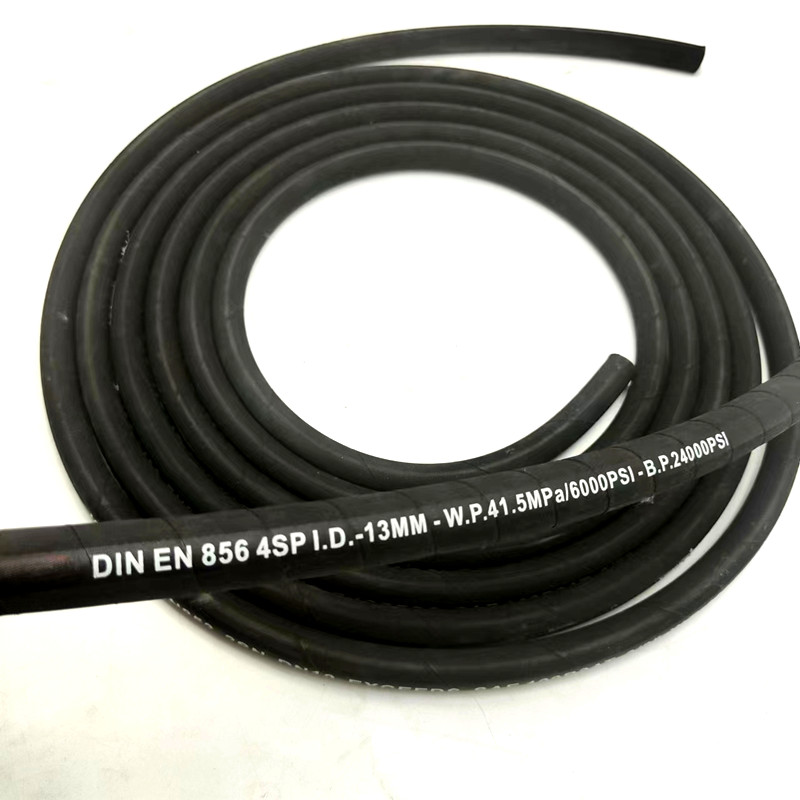335345435
Jul . 30, 2024 13:24 Back to list
Hydraulic Pipe Specifications Overview for Industrial Applications and Standards Compliance Guide
Understanding Hydraulic Pipe Specifications
Hydraulic systems play a crucial role in various industries, utilizing fluid power to perform tasks with high efficiency and precision. One of the fundamental components of these systems is the hydraulic pipe, which is responsible for transporting hydraulic fluids from one component to another. To ensure that hydraulic systems operate safely and effectively, it is imperative to adhere to specific hydraulic pipe specifications.
Importance of Hydraulic Pipe Specifications
Hydraulic pipe specifications provide guidelines and standards that define how hydraulic pipes are designed, manufactured, and tested. These specifications ensure that the pipes can withstand the pressures and environments encountered in hydraulic applications. The proper selection of materials, dimensions, and pressure ratings is essential to prevent failures that could lead to system downtime, injuries, or environmental hazards.
Material Selection
The material used in hydraulic pipes is critical for durability and performance. Common materials include steel, aluminum, and plastic. Steel pipes, specifically carbon steel, are preferred for high-pressure applications due to their strength and resistance to deformation. Stainless steel offers superior corrosion resistance, making it suitable for environments where moisture or corrosive fluids are present. Aluminum pipes are lightweight and resist corrosion, making them ideal for mobile systems but may not be suitable for extremely high-pressure environments.
Pipe Dimensions and Sizing
The dimensions of hydraulic pipes are specified in terms of diameter, wall thickness, and length. Standard dimensions are typically defined by international standards such as ISO, ASME, or SAE. Proper sizing is essential to maintain the flow rate and pressure required for optimal system performance. A pipe that is too narrow could cause pressure drops and reduced flow, while overly large pipes could lead to unnecessary weight and cost.
hydraulic pipe specification pdf

Pressure Ratings
Every hydraulic pipe must have a specified pressure rating, indicating the maximum pressure it can safely handle. This rating is determined by the pipe's material, wall thickness, and diameter. Standards such as the American National Standards Institute (ANSI) provide pressure classifications to ensure safety and performance. For high-pressure applications, pipes are often tested using hydrostatic testing methods to confirm their integrity under pressure.
Jointing Methods
Another critical aspect of hydraulic pipe specifications is the jointing methods used to connect pipes and components. Common methods include welding, threading, and using flanged joints. Each method has its benefits and is chosen based on the application requirements. Welded joints typically provide the highest strength and leak resistance, while threaded joints offer ease of disassembly for maintenance.
Compliance and Testing
To ensure reliability, hydraulic pipes must comply with relevant industry standards and undergo rigorous testing. Compliance with specifications such as ISO 9001 for quality management systems or specific hydraulic standards ensures that manufacturers adhere to best practices. Testing methods may include pressure testing, burst testing, and leakage testing to validate the performance and safety of the pipes.
Conclusion
In conclusion, understanding hydraulic pipe specifications is vital for the design and maintenance of hydraulic systems. Proper material selection, sizing, pressure ratings, jointing methods, and compliance with testing standards are all necessary to ensure that hydraulic pipes function safely and effectively under the demands of their operational environments. Manufacturers, engineers, and maintenance personnel must prioritize these specifications to enhance system reliability, safety, and efficiency, ultimately leading to better operational performance in various industrial applications.
-
SAE 100 R17 Black Smooth Cover Hydraulic Hose
NewsMar.07,2025
-
SAE 100 R17 Black Smooth Cover Hydraulic Hose
NewsMar.07,2025
-
SAE 100 R17 Black Smooth Cover Hydraulic Hose
NewsMar.07,2025
-
SAE 100 R17 Black Smooth Cover Hydraulic Hose
NewsMar.07,2025
-
SAE 100 R17 Black Smooth Cover Hydraulic Hose
NewsMar.07,2025
-
steel wire braided hydraulic hose
NewsMar.07,2025



